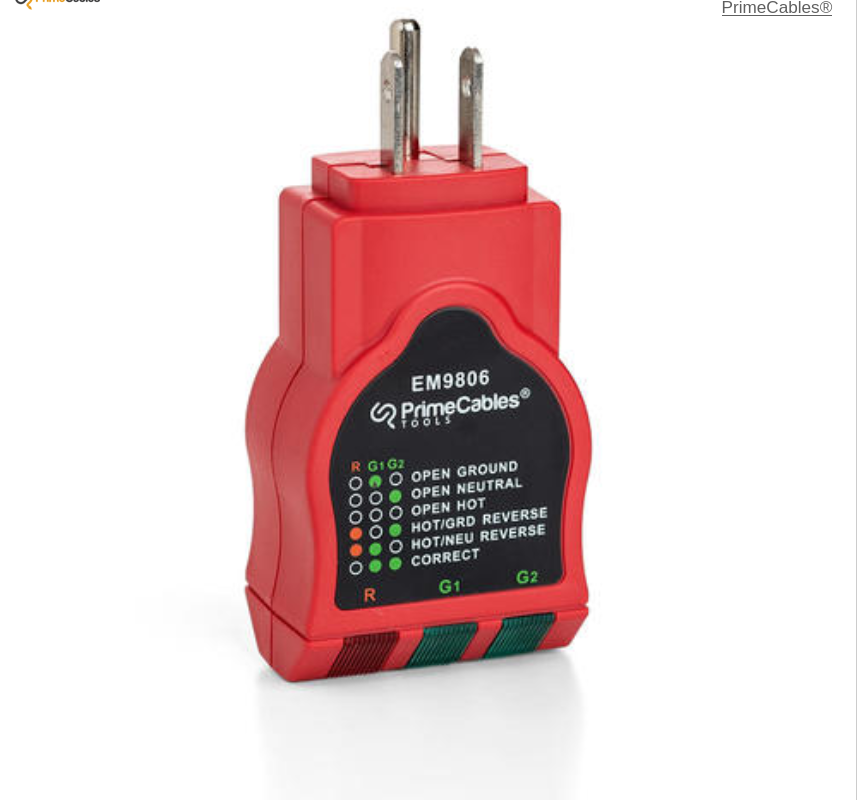Dan,
I didn't want to discourage you but i've been down this road before with building both the manual and machine strippers. There's quite a bit of time invested with working through all of the design details. First you build one model as a prototype and end up chasing improvements with every new build. It's called research & development.
The heck of it is that there's no sense in re-inventing the wheel here. This R&D work has already been done by somebody else ages ago.
You can just go and buy a fairly decent electric wire stripping machine for under 170 bucks on
ebay. The machine will pay for itself in no time with copper prices being what they are these days.
More to your question though: My guess would be that the two blue wires are your neutral/ground. The yellow and red wires would be hots. Maybe it would run at one speed with yellow energized and another speed with red. I would check the ohms on the individual coils with a multimeter to see if they are within spec. Look up the motor model electrical schematic and see if that gives any clue as to how to hook up the wires.
Could be bad bearings, bad brushes, bad starting capacitor if it's buzzing like that. Also ... the extension cord could be bad. Could be that the gauge of the wire in the extension cord itself isn't heavy enough to handle the initial amp draw needed to get the motor running. ( seen that happen before.)
Visually inspect the stator winding for any burnt spots. Also ... there may be a thermal overload wired in there somewhere. Those can go bad.
Could try plugging it in and giving the motor shaft a twist with your fingers to get the motor spinning. (Just be sure to wear heavy rubber gloves as a safety precaution.) That might tell you something about why the motor isn't working.








 Register To Reply
Register To Reply
















Bookmarks